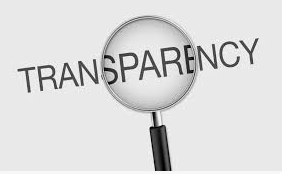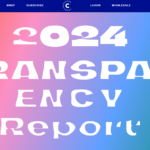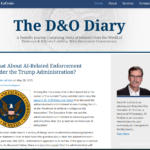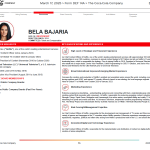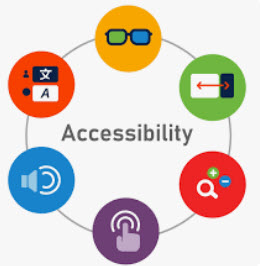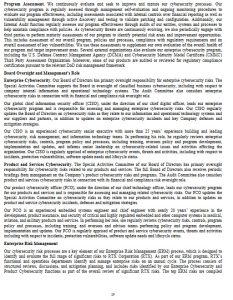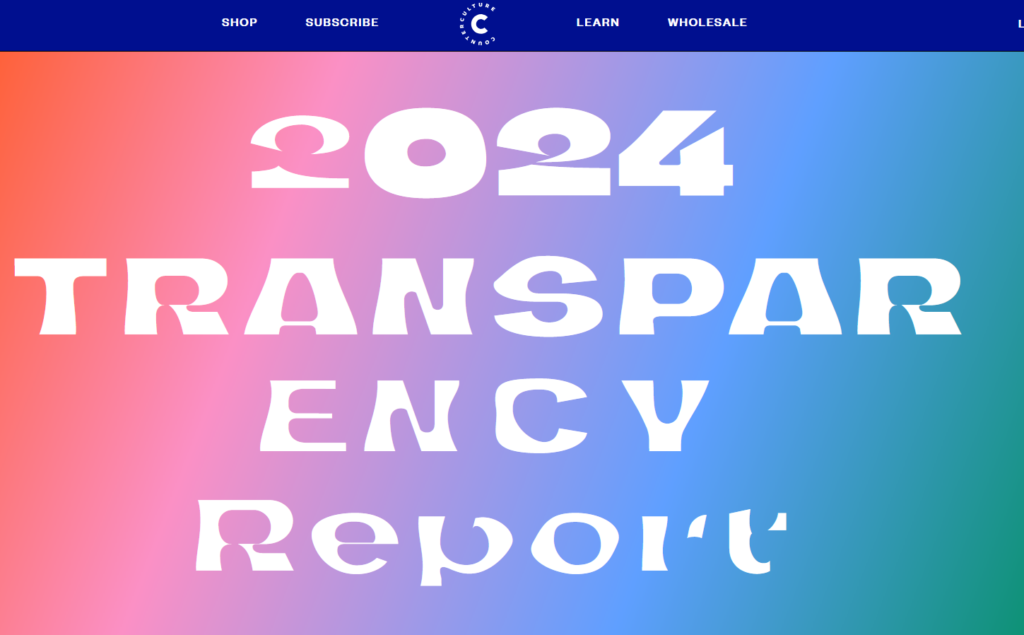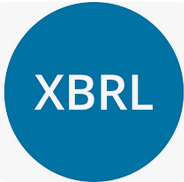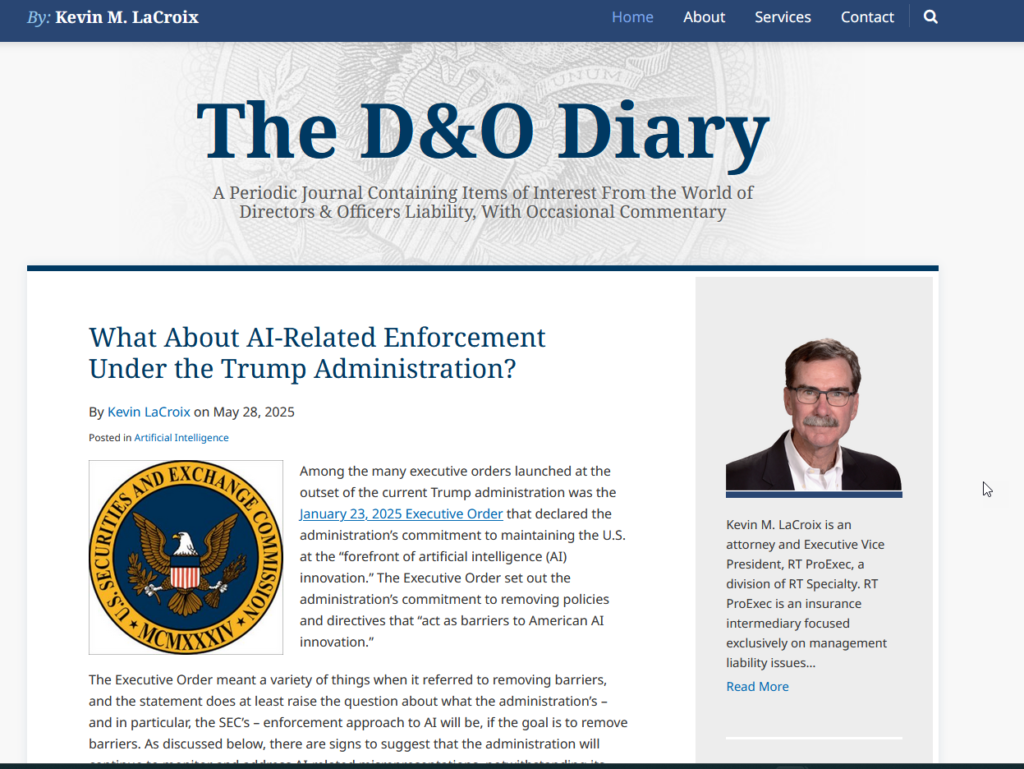As I noted last month, I’m getting pretty excited about the 5th Annual “Transparency Awards” coming up just one week from tomorrow, on September 19th – the winners in eight categories will be announced as part of a video ceremony that I will blog about that day.
I’ve blogged before about “what is ‘transparency’?,” but digging into Labrador founder’s Laurent Rouyrès’ book entitled “Information Wants to be Free: From Moral Transparency to the Transparency of Publicly Listed Companies,” you might get a better sense of what transparency is as he notes 10 things about it in the book’s conclusion (which also has been dropped into this “White Paper on Disclosure Transparency”):
- It’s All About Trust – Transparency is the essential condition for having lasting trust.
- Transparency Pays Off in the Medium Term – While transparency can have negative effects in the short term, it always pays off in the medium and long term.
- Transparency Can Be a Rallying Mission – Transparency makes it possible to bring organizations closer to their audiences, and even to make them friendly to them.
- Transparency Can Be Analyzed by Data Science – While transparency originally belonged to the field of morality, it is now a science, with a set of techniques. Therefore, the transparency of information can be measured, by objective criteria of universal application that are recognized as such.
- “Transparency” Doesn’t Mean You Have to Disclose Everything; Rather It Means to Be Honest When You Do Disclose – Transparency is not meant to reveal everything: transparency (which is always desirable) and total transparency (which is neither legitimate nor desirable) should not be confused.
- Transparent Disclosure Means That It Can Be Easily Understood – Transparency consists not only of making information public, but also – and above all – in making it intelligible to the reader. Transparency does not seek to defend a thesis; it aims to inform the reader’s judgment by providing all the relevant facts, in the most accessible form possible. The world is not binary; transparency is there to restore the nuances.
- Transparency Has No Shortage of Enemies – Secrecy, deception, omission, distortion, noise, jargon, spinning nonsensical malarkey…Nonsensical malarkey tends to spread much faster and persistently than the truth.
- Transparency Isn’t Easy But It’s Doable – Transparency requires effort, but it is within the reach of any organization. A corollary – if an organization is not transparent, it is probably because it does not want to be.
- Transparency Requires a Lot of Humility (And Courage) – Modesty. Elegance. Call it what you want: clearly recognizing that everything is not perfect is not always easy. Although clearly expressed humility creates sympathy, and makes the good news more believable. Transparency also requires courage, because it is surrounded by some who prefer being opaque.
While the world of finance is keen to cultivate opacity, it is also at the forefront of transparency. Much has been done to ensure the transparency of financial information; but everything remains to be done for the transparency of non-financial information. This is particularly true for ESG information. - Transparency Does Not Prevent Scandals – On the other hand, scandals often promote transparency.
